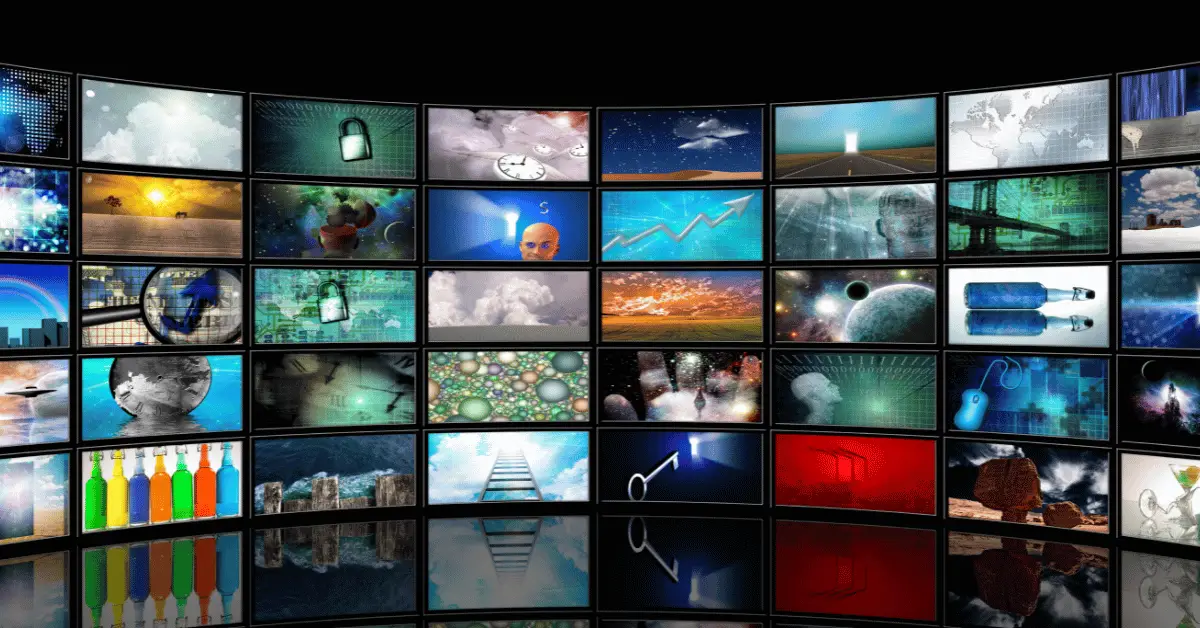If you’re considering setting up a 3D projector, you may be wondering if you need a special screen for optimal performance. While traditional projectors can be used with any white or off-white screen, 3D projectors have specific requirements that may require a different type of screen. In this article, we’ll take a closer look at whether a special screen is necessary for 3D projectors and what factors to consider when selecting a screen for your 3D projector setup. By understanding more about 3D projectors and the screens they require, you can create a high-quality, immersive 3D viewing experience in your home.
Table of Contents
Do 3D Projectors Need a Special Screen?
If you’re considering setting up a 3D projector, you may be wondering if you need a special screen for optimal performance. While traditional projectors can be used with any white or off-white screen, 3D projectors have specific requirements that may require a different type of screen. Here’s what you need to know about 3D projectors and the screens they require:
- Polarization One of the key differences between 3D projectors and traditional projectors is the way that the image is displayed. 3D projectors use a process called polarization to create the 3D effect. This means that the screen needs to be able to polarize the light in a specific way to create the 3D effect. For this reason, a special screen is necessary for 3D projectors.
- Gain Another important factor to consider when selecting a screen for your 3D projector is gain. Gain refers to the amount of light that the screen reflects back to the viewer. A higher gain screen can result in a brighter image, which is particularly important for 3D viewing. Look for screens with a gain of at least 1.2 for optimal 3D performance.
- Material The material of the screen can also impact 3D performance. While traditional white or off-white screens can work for 3D projectors, there are specific materials that are designed for optimal 3D performance. One example is silver screens, which have a higher gain and can result in a brighter image. Another option is polarized screens, which are designed specifically for 3D projectors and use a special coating to polarize the light in the correct way.
- Size and Shape Finally, the size and shape of the screen are also important factors to consider. A larger screen can provide a more immersive 3D experience, but it’s important to ensure that the screen is the right size for your room. Additionally, the shape of the screen can impact the 3D effect. For optimal 3D performance, look for screens with a flat, smooth surface that is free from ripples or other imperfections.
What Do You Need for a 3D Projector?
If you’re interested in setting up a 3D projector, there are a few key components that you’ll need to create a high-quality, immersive 3D viewing experience. Here’s what you’ll need for a 3D projector:
- 3D Projector The first thing you’ll need is a 3D projector. 3D projectors use a process called polarization to create the 3D effect, which requires a special type of projector. Look for projectors that are specifically designed for 3D viewing, as these will provide the best performance and image quality.
- 3D Glasses In addition to a 3D projector, you’ll also need 3D glasses. These glasses work by polarizing the light in a specific way to create the 3D effect. There are two types of 3D glasses: passive and active. Passive 3D glasses are typically less expensive and don’t require batteries, while active 3D glasses have built-in electronics that synchronize with the projector. Choose the type of 3D glasses that are compatible with your projector and provide the best viewing experience.
- 3D Content To take full advantage of your 3D projector, you’ll need 3D content to watch. This can include 3D Blu-ray discs, 3D streaming content, or 3D video games. Make sure that the content you choose is compatible with your 3D projector and that it provides a high-quality, immersive 3D viewing experience.
- 3D Screen While it’s possible to use a traditional white or off-white screen for 3D viewing, a special 3D screen can provide the best performance and image quality. 3D screens are designed to polarize the light in a specific way to create the 3D effect. Look for screens with a high gain and a flat, smooth surface for optimal 3D performance.
- Audio System To fully immerse yourself in the 3D viewing experience, you’ll also need an audio system. This can include speakers, a soundbar, or a home theater system. Make sure that your audio system is compatible with your 3D projector and that it provides high-quality sound to match the high-quality visuals.
Conclusion
In conclusion, setting up a 3D projector requires several key components, including a 3D projector, 3D glasses, 3D content, a 3D screen, and an audio system. By selecting high-quality components that are compatible with each other, you can create a truly immersive 3D viewing experience in your home. 3D projectors can provide a level of immersion and detail that traditional 2D projectors and TVs simply can’t match. By investing in a 3D projector setup, you can enjoy your favorite movies, TV shows, and video games in stunning 3D detail, right in the comfort of your own home.

